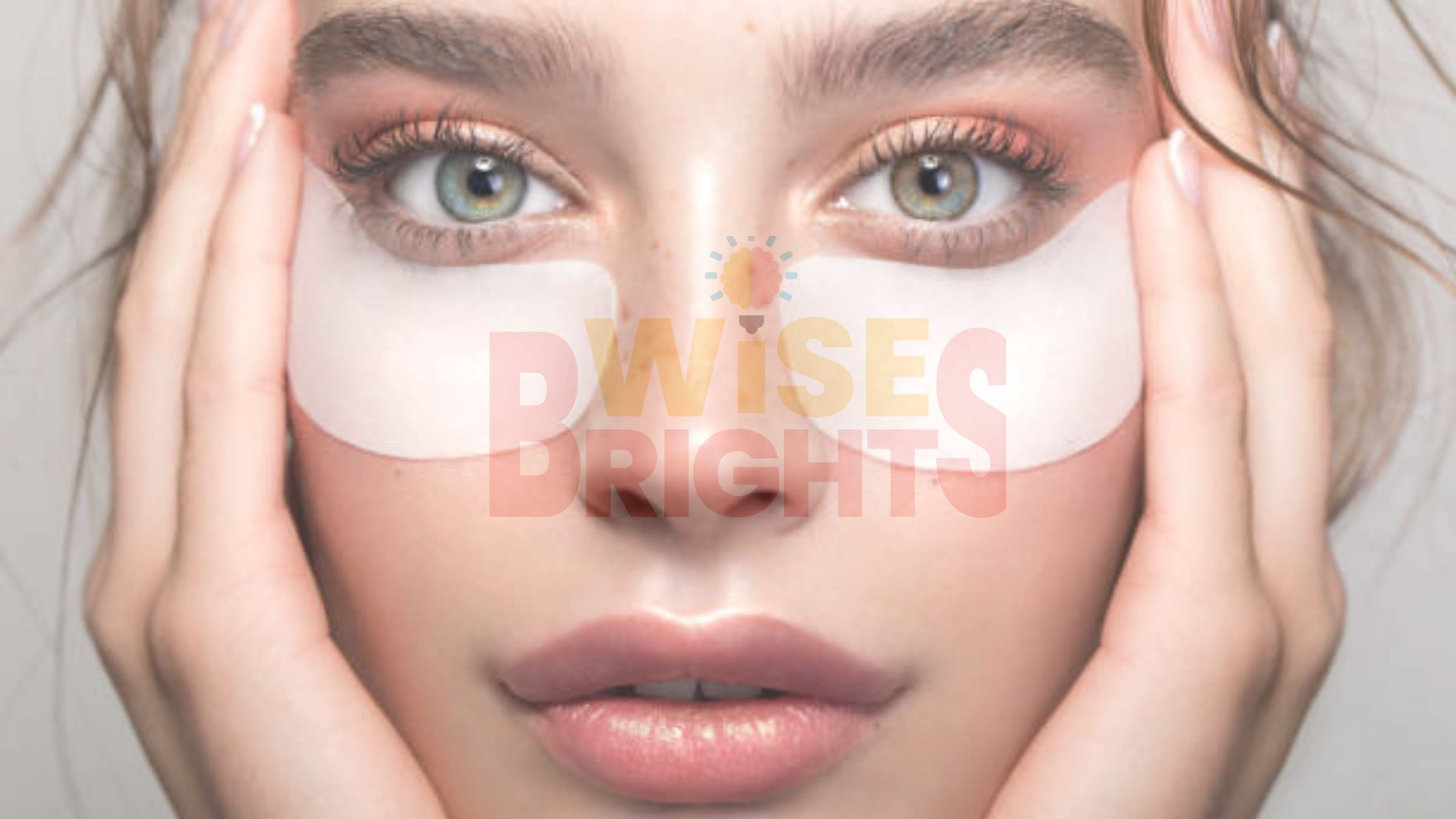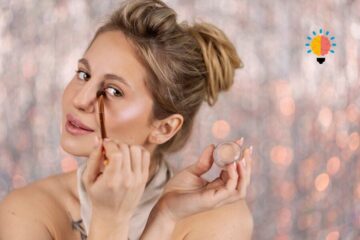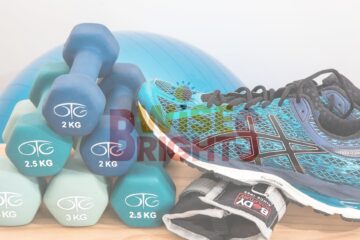Eye patches have become the Instagram-worthy skincare heroes everyone’s talking about. From celebrities posting their morning routines to skincare enthusiasts sharing their latest hauls, these little under-eye treatments seem to be everywhere. But here’s where things get confusing: when exactly should someone use them in their skincare routine?
The truth is, there’s no one-size-fits-all answer. The timing depends on the type of eye patches being used and what someone hopes to achieve with their skincare routine. Getting this timing right can make the difference between seeing real results and wasting money on products that aren’t working to their full potential.
Understanding Eye Patches: The Basics
Eye patches are concentrated treatments designed to target the delicate under-eye area. They work by delivering active ingredients directly to the skin while creating an occlusive barrier that helps those ingredients penetrate more effectively than they would in a regular cream or serum.
Types of Eye Patches
Not all eye patches are created equal. Hydrogel patches are made from water-based gels that feel cool and refreshing on the skin. They’re excellent for delivering hydrating ingredients like hyaluronic acid and are perfect for morning routines when someone needs a quick pick-me-up.
Fabric patches are typically infused with serums and essences. These tend to be more versatile and can work well at different points in a routine depending on their specific formulation.
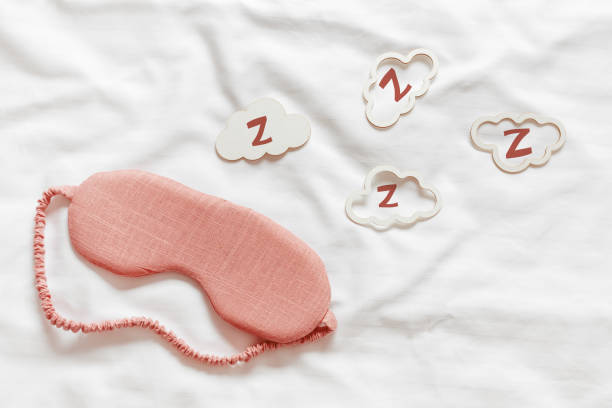
Cream-based patches are thicker and more occlusive. They’re designed to create a barrier that locks in moisture and active ingredients, making them ideal for intensive overnight treatments.
Common Ingredients and Benefits
Most eye patches contain ingredients like hyaluronic acid for hydration, caffeine to reduce puffiness, peptides for firming, and sometimes gentle acids or retinol for anti-aging benefits. The key is understanding that these ingredients work differently depending on when they’re applied and what other products they’re layered with.
The “Before Skincare” Approach: When to Lead with Patches
There are specific situations where applying eye patches before the rest of a skincare routine makes perfect sense. This approach works particularly well with hydrating hydrogel patches that are designed to prep the skin rather than seal in other products.
When someone uses patches first, they’re essentially creating a moisture barrier that can help the delicate under-eye area better tolerate active ingredients that come afterward. This is especially helpful for people with sensitive skin who find that serums or treatments can sometimes cause irritation around the eyes.
The process is straightforward: after cleansing, apply the eye patches to clean, dry skin. Leave them on for the recommended time (usually 15-20 minutes), remove them, and then continue with toner, serums, and moisturizer. The skin will be prepped and plumped, making it more receptive to the products that follow.
This timing works best with patches that contain gentle hydrating ingredients rather than strong actives. Think hyaluronic acid, aloe vera, or cucumber extract – ingredients that soothe and prepare rather than actively treat specific concerns.
The “After Skincare” Approach: Sealing in the Good Stuff
For many people, using eye patches after applying their regular skincare products yields better results. This approach treats the patches as the final step in a routine, similar to how someone might use a sleeping mask or occlusive moisturizer.
When patches are applied over serums and treatments, they create a greenhouse effect that can enhance the absorption of everything underneath. This is particularly effective with cream-based or highly occlusive patches that are designed to lock in moisture and active ingredients.
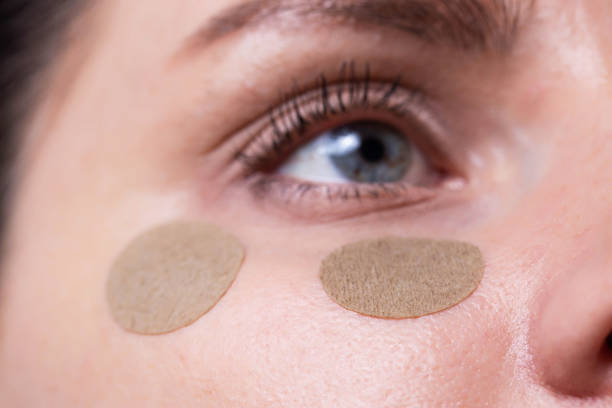
The technique requires a bit more finesse. After applying regular skincare products, wait a few minutes for them to absorb slightly – but not completely. The skin should still feel slightly tacky when the patches are applied. This ensures good adhesion while allowing the patch to work synergistically with the products underneath.
This method works exceptionally well for evening routines when someone has more time and wants to maximize the benefits of their skincare investments. It’s also ideal for people using active ingredients like retinol or vitamin C in their routine, as the patches can help minimize potential irritation while boosting effectiveness.
Factors That Determine the Best Timing
Skin Type Considerations
People with dry or mature skin often benefit more from the “after skincare” approach because their skin needs all the hydration and active ingredients it can get. The patches act like a seal, preventing moisture loss throughout the night.
Those with oily or combination skin might prefer the “before skincare” approach, especially in the morning. This prevents the eye area from becoming too heavy or greasy when layered with additional products.
Sensitive skin types should pay careful attention to ingredient interactions. Using patches before other products can sometimes provide a protective barrier that makes stronger treatments more tolerable.
Active Ingredient Interactions

The ingredients in both the patches and regular skincare products play a crucial role in determining timing. Vitamin C serums work well under hydrating patches, but might not play nicely with patches containing certain acids.
Retinol products can be enhanced by patches applied afterward, as the occlusive effect can boost penetration. However, this also increases the risk of irritation, so it’s something to approach gradually.
AHA or BHA products generally work better when patches are applied afterward, allowing the acids to work on the skin before being sealed in with the patch treatment.
Morning vs. Evening Routines
Morning routines often benefit from the “before skincare” approach, especially with depuffing patches containing caffeine. These can quickly address overnight puffiness before makeup application.
Evening routines have more flexibility and can accommodate either approach, but the “after skincare” method often works better for anti-aging or intensive treatments when there’s no rush and maximum absorption is the goal.
Common Mistakes That Sabotage Results
One of the biggest mistakes people make is not reading the specific instructions for their patches. Some are designed to be used on clean skin, while others work better over other products. Ignoring these guidelines can lead to poor adhesion, reduced effectiveness, or even skin irritation.
Over-layering is another common issue. Using too many products under occlusive patches can sometimes cause milia (those tiny white bumps) or general skin congestion. The key is finding the right balance for individual skin needs.
Timing errors can also waste the benefits of expensive treatments. Applying hydrating patches over completely dry skin, or using occlusive patches over products that haven’t had time to absorb, can significantly reduce effectiveness.
Many people also make the mistake of using patches too frequently. While it might seem like more is better, most eye patches are designed for 2-3 times per week use. Overuse can lead to sensitivity or diminishing returns.
Expert-Backed Best Practices

Dermatologists generally recommend starting slowly with any new eye treatment and paying attention to how the skin responds. The under-eye area is particularly delicate, and what works for one person might not work for another.
Reading product instructions might seem obvious, but it’s surprising how many people skip this step. Manufacturers design their products with specific usage patterns in mind, and following their guidelines usually yields the best results.
Creating a personalized schedule is key to success. This might mean using hydrating patches before skincare on busy mornings, but switching to intensive treatment patches after skincare for weekend pampering sessions.
The most important advice from skincare professionals is to be consistent but flexible. It’s better to use patches regularly in whatever way works best for someone’s lifestyle than to stress about perfect timing and end up not using them at all.
Finding What Works Best
The question of whether to use eye patches before or after skincare doesn’t have a universal answer because everyone’s skin is different. The key is understanding the principles behind each approach and experimenting to find what delivers the best results.
For most people, starting with the “before skincare” approach in the morning and the “after skincare” approach in the evening provides a good foundation. From there, adjustments can be made based on how the skin responds and what results are achieved.
Remember that skincare is deeply personal, and what works for a favorite influencer or friend might not be the best approach for everyone. The goal is to create a routine that feels sustainable, enjoyable, and delivers visible improvements over time. With the right timing and technique, eye patches can become a valuable addition to any skincare routine, helping to address concerns like puffiness, fine lines, and dehydration in the delicate under-eye area.


